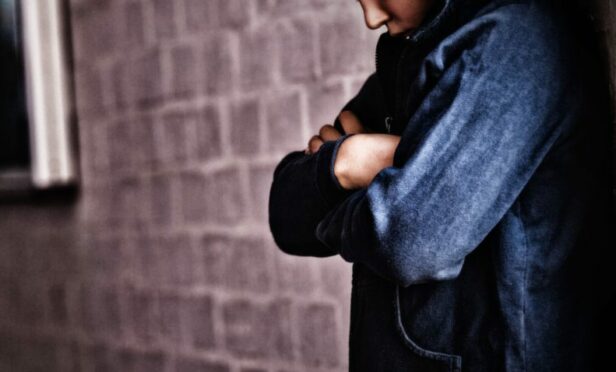The number of children excluded from school has declined markedly over the last decade and more.
In Dundee schools three times fewer pupils were excluded in the 2018/2019 school year (the most recent available data unaffected by lockdown) than were 10 years earlier in 2008/09.
Twice as many pupils were excluded in Fife and Angus schools. Exclusions have also declined in Perthshire and Kinross schools, although to a lesser degree.
And the vast majority – 69.4% Scotland-wide in 2020/21 – are for one or two days. Only one child in Scotland was excluded permanently that year.
This is despite a rising problem of aggression and violence in schools – an issue which has come to the fore in Fife since a shocking assault on a schoolgirl on a classroom floor in Waid Academy in January.
And many parents of other victims who spoke to The Courier subsequently voiced frustration that the perpetrators were back in class the next day or soon after.
That was backed up by a bullying survey we conducted of readers in 2021, in which 57% of respondents said schools should use exclusion more often to tackle the issue.
So why are schools more reluctant to exclude pupils for bullying, assault or other negative behaviour?
Why are today’s school ‘bullies’ less likely to be excluded?
The law on school exclusions has not changed since 1975, but policy and practice have.
Scottish Government guidance issued in 2017 advises schools on preventing and managing exclusions.
It aims to support schools to “keep all children and young people fully included, engaged and involved in their education”, with a particular focus on those at risk of exclusion.
All children and young people have a right to education, it states, and being excluded can impact on their attainment and wellbeing. Later, it can also increase the likelihood of offending behaviour and significantly reduce life chances.
To reduce the need to exclude children schools should, the guidance says, use effective learning and teaching, promote positive relationships and behaviour and employ preventative approaches.
All our pupils must be involved and engaged in education… exclusion is, by definition, an indicator that we have failed to achieve that goal.”
Fife Council
Crucially, it states: “Exclusion should only be used as a last resort.”
Fife Council set out its approach to exclusion in a report on violence and aggression in schools.
It said schools have developed approaches to de-escalation, self-regulation and restoration.
Its directorate, it said, is committed to providing all children and young people with an appropriate education.
It said: “To do this we recognise that all our pupils must be involved and engaged in education, and that exclusion is, by definition, an indicator that we have failed to achieve that goal.”











Conversation